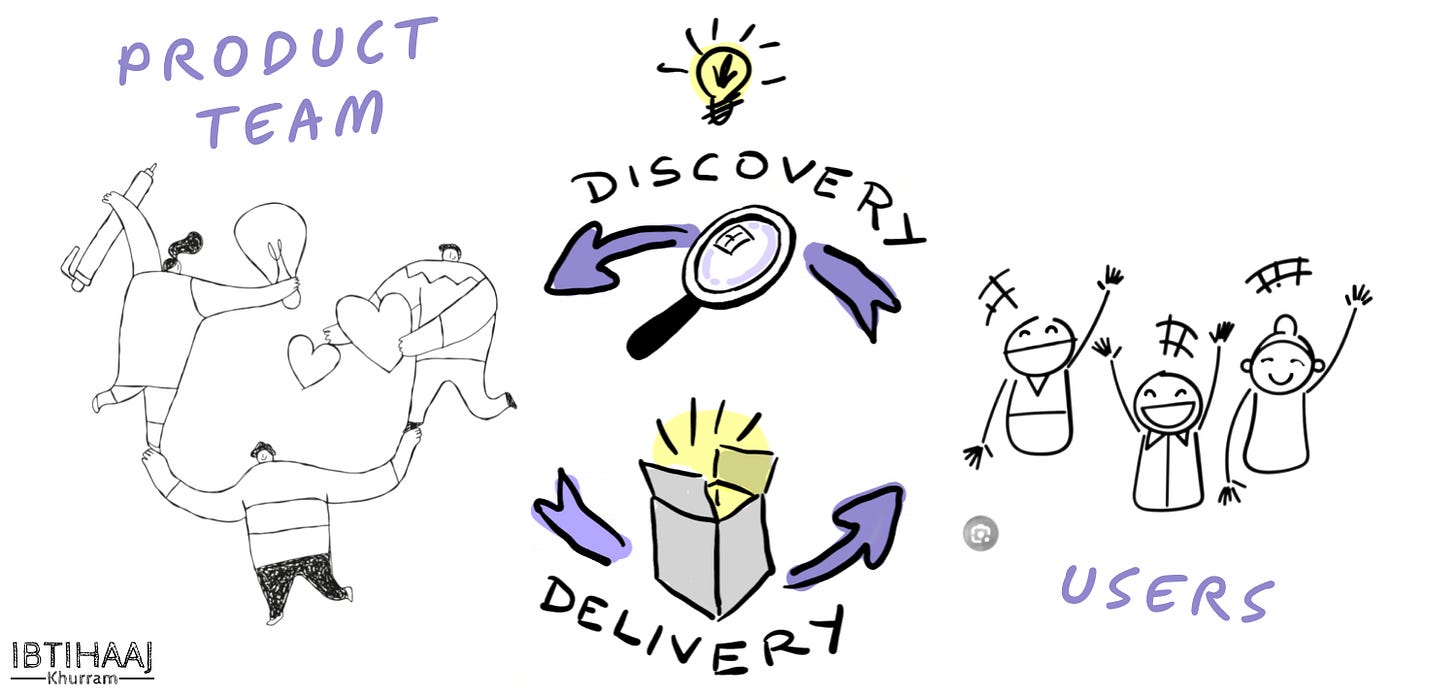When developing products, there’s always the question of whether to focus on speed or quality, depending on the startup’s stage. But I’ve never found it that simple. To me, it’s more about knowing when to deliver and being able to do it well.
Speed and flexibility are crucial in today’s fast-paced digital world, but being late can lead to missed chances, unhappy customers, and a damaged reputation.
Ripple Effect of Delayed Delivery
When there’s a delay in delivery, it triggers a series of negative outcomes. Customers as well as the stakeholders generally expect quick turnaround times, and when these expectations aren’t met, their trust can be compromised. This decline in trust often leads to a loss of opportunity, negative reviews, and reduced customer loyalty.
Delayed delivery also brings about considerable financial consequences, including lost revenue, increased costs from extended development cycles, and opportunity costs as resources remain tied up in delayed projects.
Importance of Timely Delivery
Timely delivery can significantly boost product success by building trust and credibility with customers, promoting alignment and confidence between stakeholders and the development team, enhancing reputation and brand loyalty, enabling quicker iteration and refinement, and helping startups stay ahead of the competition. Plus, it keeps users engaged and can even lead to organic growth through word of mouth.

For instance, I’ve been using the Arc browser for about a month, and I’m impressed with their consistent Thursday releases. Checking for update notifications has become a ritual, and I enjoy reading their release notes. No, this isn’t a sponsored shoutout; I’m just sharing what’s working for me after using Google Chrome for about 15 years. In my team, many have switched to Arc simply because we talk about it.
Organic growth is invaluable, and nothing beats the loyalty earned from genuine customer enthusiasm.
Strategies for Avoiding Delayed Delivery
To avoid the pitfalls of delayed delivery, startups should embrace agile development methods, focus on iterative progress and continuous improvements, set realistic timelines, and manage expectations. Promoting a culture of accountability and transparency is crucial for keeping everyone aligned and moving forward.
Technical debt walls and categorization can be limiting. As we grow, our opinions on improvement evolve, and our focus should be on gradual, incremental design evolution. Every change should make the next one easier, without requiring wholesale redesigns.

Knowing when to deliver is key; it’s about balancing readiness with timely execution. Delivering a functional product on schedule often provides more value than waiting to perfect every detail. For founders and product managers aiming to perfect their product before launch, it’s important to remember that striving for perfection can result in delays. Instead, strive for a balance—launch a well-developed product while continuing to refine and enhance it post-delivery. This approach not only helps in meeting deadlines but also allows for valuable feedback from real users, which can guide further improvements. Don’t spend too much time iterating without feedback. Launch early, get user input, and refine based on that. Embrace the process and don’t let the fear of launching something imperfect hold you back.
Final thoughts
In today’s fast-paced environment, delays in delivery can have severe consequences. By prioritizing timely delivery and implementing strategies to avoid setbacks, startups can build trust, enhance their reputation, and stay ahead in the game. Remember, “delivery delayed is delivery denied” —don’t let hold-ups keep you from hitting your targets.
That’s all folks!
Every two weeks, I share research and perspectives on tech, product growth, developer productivity, and engineering excellence.
Subscribe here to stay in the loop.
Thanks for reading!
— Ibtihaaj
